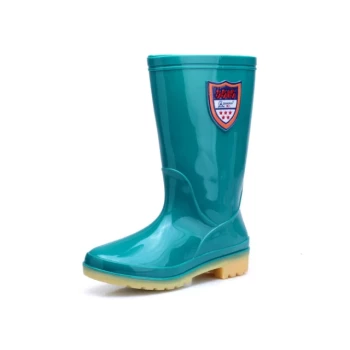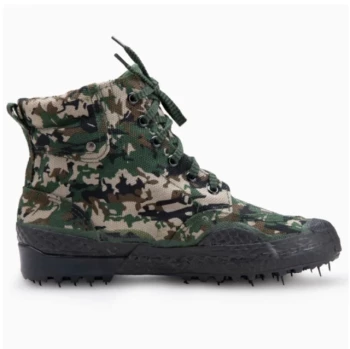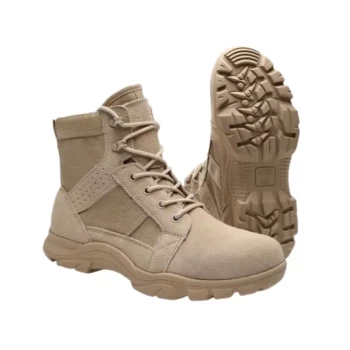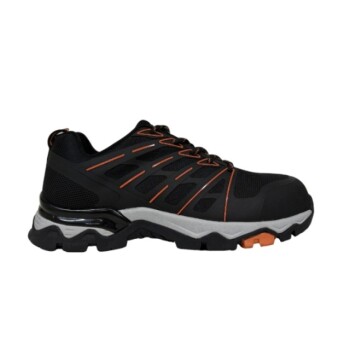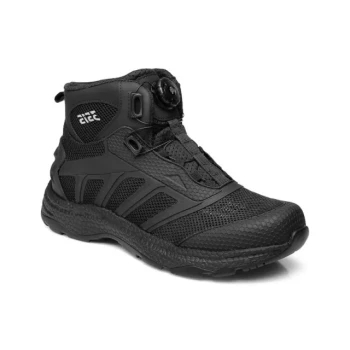While seemingly the ultimate protection, waterproof hiking boots often introduce problems that can compromise comfort and foot health on the trail. The four primary reasons to reconsider waterproof footwear are their tendency to trap moisture once breached, their reduced breathability which encourages sweat and odor, the inevitable degradation of the waterproof membrane over time, and the inconsistent effectiveness of their waterproofing, especially around the tongue.
The central trade-off with waterproof boots is not about keeping water out, but about what happens when moisture gets in. A non-waterproof but quick-drying boot is often a superior choice for foot health and comfort in many hiking conditions.
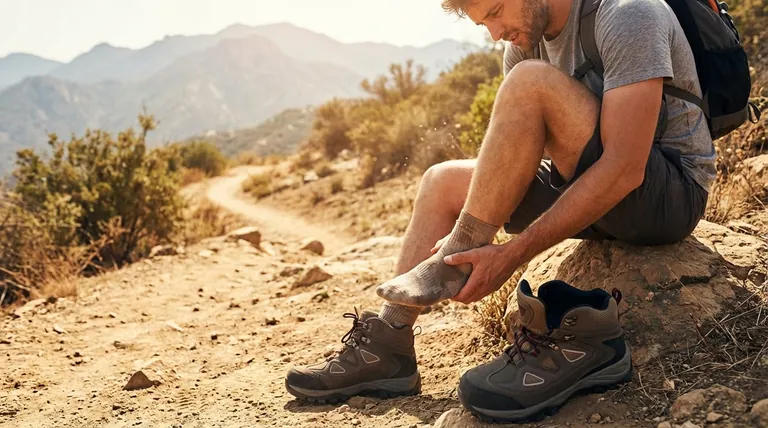
The Fundamental Flaw: Trapping Moisture
The biggest drawback of a waterproof boot is its inability to effectively release moisture once it's inside. This creates a closed system that can work against you.
When Water Breaches the Barrier
A waterproof boot is only waterproof up to its collar. If you step in a stream that is deeper than your boot is high, water will pour in over the top.
Once this happens, the waterproof membrane that was designed to keep water out now works to keep it in. The boot essentially becomes a bucket, holding water against your foot for the remainder of the hike.
The Breathability Problem
Even on a dry day, your feet sweat. Non-waterproof boots with more breathable uppers allow this moisture vapor to escape, keeping your feet drier.
Waterproof membranes, while marketed as "breathable," significantly reduce air circulation. This traps sweat, leading to damp socks and skin, even when it isn't raining.
The Consequence of Prolonged Wetness
Whether from an external breach or internal sweat, feet that remain wet for hours are at a much higher risk for blisters, maceration (softening of the skin), and even trench foot in colder conditions.
A non-waterproof shoe, by contrast, may get wet easily but will also begin drying immediately with every step you take.
The Myth of Permanent Waterproofing
The "waterproof" label on a boot is not a permanent feature. Its effectiveness is limited by both wear and tear and design compromises.
Degradation Over Time
The waterproof membrane is a thin layer laminated inside the boot. With every step, this membrane flexes, particularly in the forefoot area where your foot bends.
Over hundreds of thousands of flexes, the membrane will develop microscopic cracks and tears. This is a natural point of failure, and your boot's waterproofing will inevitably degrade with use.
Inconsistent Design and Coverage
Not all waterproofing is created equal. A common weak point is the tongue junction, where the tongue is sewn to the boot's upper.
In some designs, this area is not fully gusseted or sealed, creating a pathway for water to enter long before it could ever go over the collar of the boot.
Understanding the Trade-offs
Choosing a boot is about selecting the right tool for a specific job. Understanding the downsides of waterproofing helps clarify when it is—and isn't—the right tool.
The Cost of Odor
The same lack of air circulation that traps sweat also creates a perfect environment for odor-causing bacteria to thrive. Waterproof boots are notoriously prone to developing and retaining odors more than their breathable counterparts.
When Waterproofing Shines
To be clear, waterproof boots have a distinct purpose. They excel in cold, snowy, or consistently damp conditions where keeping external moisture out is the absolute top priority.
They are ideal for hiking through slush, shallow mud, or dewy vegetation. The slight warmth they provide is also a benefit in colder climates.
Making the Right Choice for Your Environment
Ultimately, your typical hiking environment should dictate your choice of footwear, not a marketing label.
- If your primary focus is hiking in hot, dry, or mixed conditions with potential river crossings: Choose a non-waterproof, highly breathable trail runner or boot that will dry quickly after getting wet.
- If your primary focus is hiking in cold, snowy, or consistently wet environments without deep water: Choose a waterproof boot to keep your feet dry from external elements and provide extra warmth.
- If you need one boot for varied conditions: Critically assess your most common hikes. If you frequently encounter heat and your feet sweat a lot, a non-waterproof boot is likely the more comfortable option.
Choosing the right footwear is about managing moisture, whether it comes from the sky or your own skin.
Summary Table:
| Reason | Key Issue | Result |
|---|---|---|
| Trapping Moisture | Boots act like a bucket once water gets in | Prolonged wetness, blisters |
| Poor Breathability | Membrane restricts air flow | Sweaty feet, odor buildup |
| Membrane Degradation | Waterproofing fails over time with flexing | Loss of protection |
| Inconsistent Design | Weak points like the tongue junction | Water entry before over-the-top flooding |
Need the right boots for your needs? As a large-scale manufacturer, 3515 produces a comprehensive range of footwear for distributors, brand owners, and bulk clients. Our production capabilities encompass all types of shoes and boots, ensuring you get the perfect balance of protection, breathability, and durability for your market. Contact us today to discuss your specific requirements!
Visual Guide
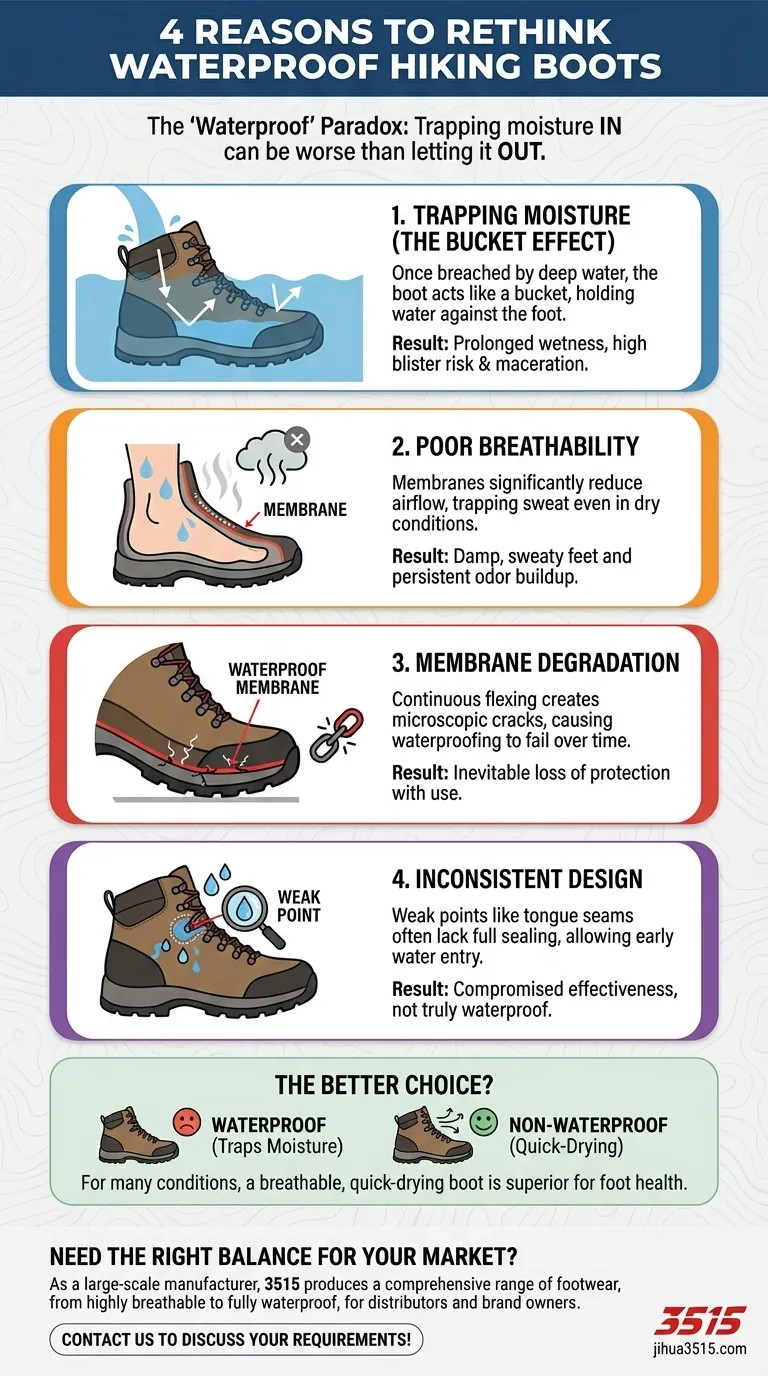
Related Products
- Safety Footwear Wholesale Manufacturer for Custom OEM/ODM Production
- High Performance Fire-Retardant Waterproof Safety Boots
- Premium Wholesale Waterproof Safety Boots High Performance Protection for Industrial Markets
- Premium Flame-Retardant Waterproof Safety Boots and Shoes
- Factory Direct Wholesale Rain Boots Durable Waterproof & Fully Customizable
People Also Ask
- How long can you wear safety boots? The Lifespan is Determined by Wear, Not Time
- Is safety-toe as good as steel toe? Choose the Right Protection for Your Job
- Is it normal to wear shoes in the house? A Guide to Hygiene, Comfort & Culture
- How do safety shoes contribute to cost savings for companies? A Strategic Investment in Risk and Cost Management
- What cultural and environmental considerations are tied to wearing shoes indoors? Balance Hygiene, Tradition, and Foot Health




